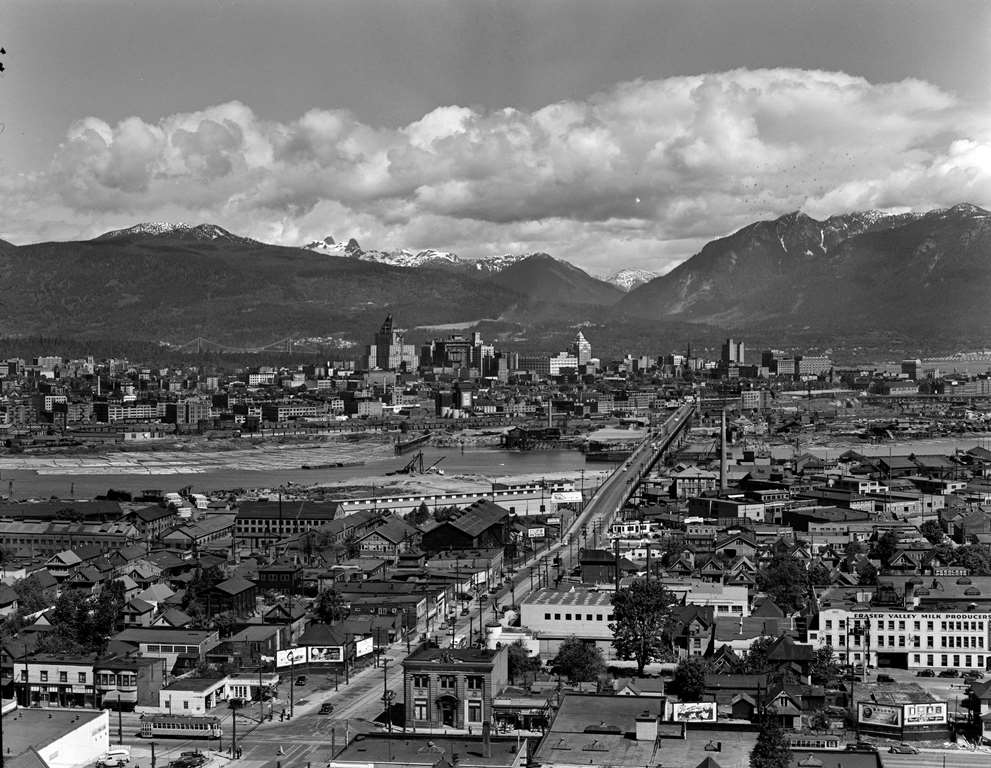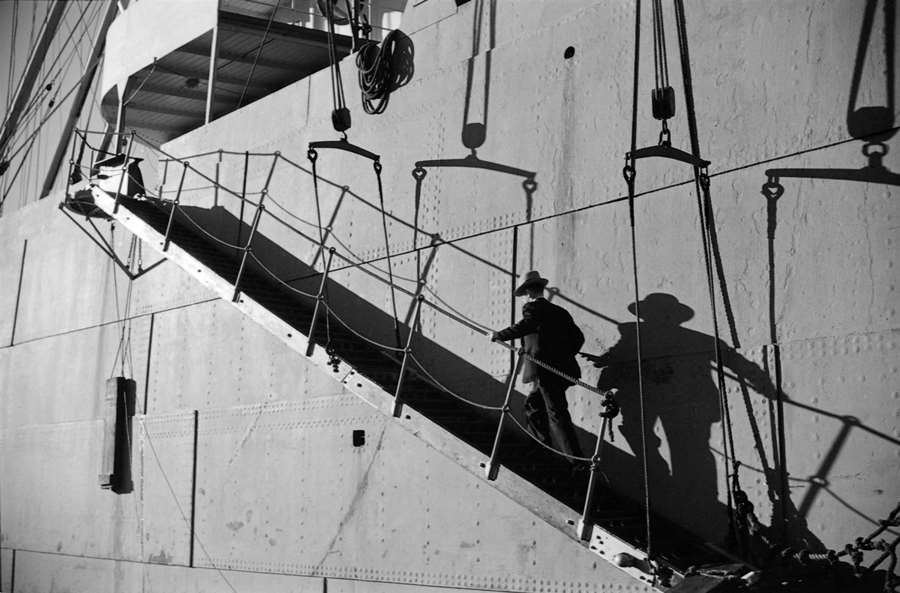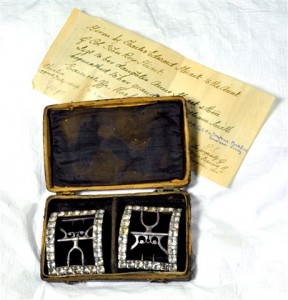In 1952, the International Council of Scientific Unions proposed an International Geophysical Year (IGY) (which was actually the 18 months from July 1957-December 1958). Members of the global scientific community would coordinate their efforts in order to enhance human understanding of the Earth. Special attention was to be given to the Antarctic continent, for which comprehensive data did not exist. To this end, twelve nations established 36 scientific stations on the Antarctic Ice Shelf in the years leading up to the IGY. Little America V was one of six bases established by the United States during this time. (Four previous bases named Little America had existed in other locations on the continent, but had been discontinued.) Logistical support for the base was delegated to the US Navy by the US Department of Defense, as Navy seaplanes had already been operating on the Antarctic continent for decades; Navy forces under Admiral Richard E. Byrd had been essential to the establishment of previous US research facilities there.

The resulting Navy mission, Operation Deep Freeze, was planned in two phases, to avoid flying during the punishing Antarctic winter. Deep Freeze I ran during the 1955-1956 austral summer, delivering equipment necessary to outfit the six research bases. Lieutenant Commander Robert E. Hancock Jr. was a supply officer with the US Navy, and spent much of 1957 on the Ross Ice Shelf as a result of Deep Freeze II, which ran further supplies to Little America V and other bases from October 1956 to February 1957. Hancock brought many souvenirs back from Antarctica, including photographs, Navy-issue maps and survival guides, schematics of Little America V, and coal from the volcano at Mt. Erebus.

Later in life, Hancock collected other artifacts related to Antarctic exploration, including model ships and aircraft, an empty can of cocoa from one of Captain Robert Scott’s expeditions, even ceramic and glass penguins. All of these items and more now reside in FSU Libraries Special Collections and Archives as the Robert E. Hancock Jr. Antarctic Collection, and are open to all researchers from the FSU community and general public.

Operation Deep Freeze and the International Geophysical Year each had lasting impact on the global community. Cooperation among international scientists in Antarctica laid the foundation for the Antarctic Treaty of 1959, which still guarantees that no single country will claim territorial sovereignty over the Antarctic continent. The IGY saw the first scientific satellite launches by the United States and Soviet Union, and thus the birth of the “space race” that led to the creation of NASA and the multiple agencies of the Soviet space program. Deep Freeze has continued far beyond its initial two phases in 1955 and 1956, and today, under the command of the US Air Force, still services military and civilian bases across Antarctica.

Further Reading:
Robert E. Hancock, Jr. Antarctic Collection, Special Collections, Florida State University Libraries, Tallahassee, Florida.
The National Academies of Sciences, Engineering, and Medicine. “The International Geophysical Year.” Accessed December 3, 2015. http://www.nas.edu/history/igy/
National Oceanic & Atmospheric Administration. “IGY History: International Geophysical Year.” Accessed December 3, 2015.
http://www.esrl.noaa.gov/gmd/obop/spo/igy_history.html
Ellery D. Wallwork & Kathryn A. Wilcoxson. Operation Deep Freeze: 50 Years of US Air Force Airlift in Antarctica, 1956-2006. Scott Air Force Base, Illinois: Office of History, Air Mobility Command, 2006.


































































![The problem [old (second) Granville Street Bridge with swing span open]; Reference code: COV-S593-: CVA 216-2.03.](http://www.vancouverarchives.ca/wp-content/uploads/CVA-216-2.03-1024x810.jpg)







